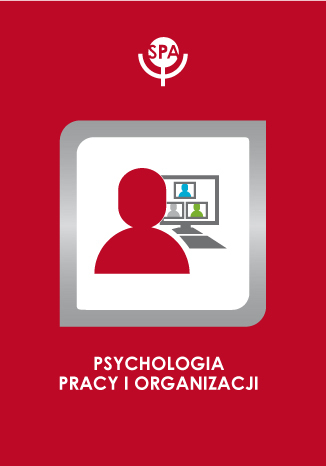Antyspołeczne zachowania pracowników

Joanna Wachowiak
DOI:
Rocznik: 2004 Tom: 10 Numer: 1
Strony: 49-58
This article summarizes the literature on antisocial employees' behaviors. It is an interesting and relevant issue, especially in Poland, due to historical reasons, transformation processes and conditions in which contemporary organizations act. Typologies and definitions of deviant workplace behaviors as well as the causes for them and preventative management issues are discussed. The article also presents future research directions.









 Pobierz pełny tekst
Pobierz pełny tekst



